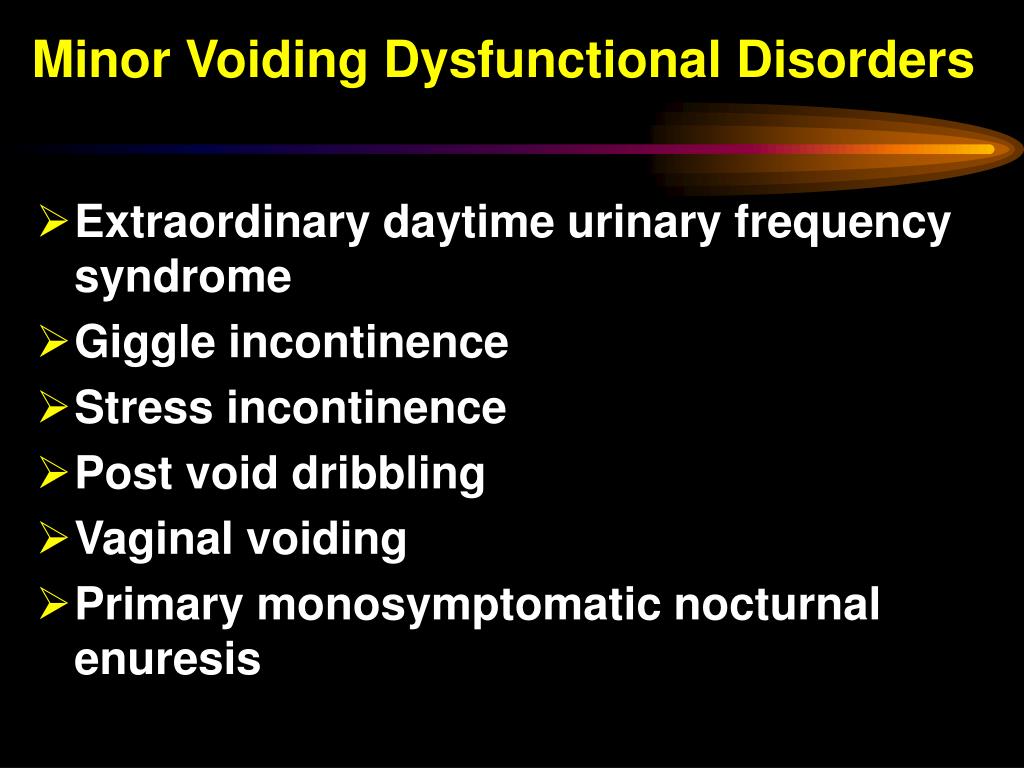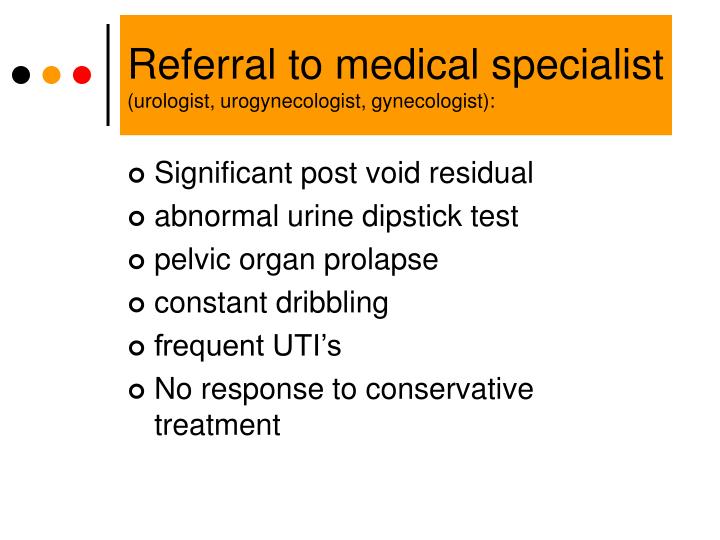

Some men experience symptoms and pain in the region without any sign of infection or even inflammation. Most often, it’s not due to a bacterial infection, prior infection, or injury. It’s not uncommon for a urologist to be unsure of what’s causing your prostatitis symptoms.

It’s not surprising since both the gut and the urinary tract are known to be highly responsive to your emotional state. Mental or Emotional StressĬhronic, nonbacterial prostatitis is linked to psychological stressors, much like interstitial cystitis (IC). Additionally, you might experience prostatitis symptoms if your urinary tract was damaged during prostate surgery. Prostate InjuryĪ physical injury can cause swelling and inflammation in your prostate. Unfortunately, researchers aren’t yet sure why this happens. And sometimes, even after it’s resolved, you might experience persistent pain and inflammation symptoms. If you’ve had a prior prostate infection, it might still be lingering. Infections like chlamydia and gonorrhea can also infect and inflame the prostate, triggering prostate infection symptoms. Any bacteria that can trigger an infection in your bladder can also infect your prostate gland and trigger prostatitis symptoms. Invading bacteria cause some types of prostatitis. You might feel the pain in various areas like the penis, scrotum, abdomen, lower back, or perineum (the space between the scrotum and rectum). Some men might experience mild discomfort, while others have severe pain during or after ejaculation. Painful Ejaculation or Pain in the Pelvic Areaĭoctors refer to this as “dysorgasmia” or “orgasmalgia,” but the severity varies. (Your prostate might be restricting your urethra, hindering urine flow and emptying.) This means potential bacteria sits in your bladder longer, increasing the odds of infection.

However, if you have prostatitis symptoms or an enlarged prostate, it’s more difficult to empty your bladder. It’s not common for men to develop UTIs, because the male urethra is longer, usually providing enough time to flush out bacteria in the next stream of urine. Sometimes this can lead to overflow incontinence, a common bladder problem in men. When urine is difficult to pass, you might not empty completely. The same thing can happen with an enlarged prostate. Often, this happens when your inflamed and swollen prostate presses on the urethra, making it difficult for urine to pass. And even if you do go, you might get a weak stream. Sometimes prostatitis makes it difficult to start urine flow, even when you know you’ve got to go. But if urine leaks surpass minor annoyance and require male incontinence products, it might be a symptom of prostatitis, an enlarged prostate, or both. Often, this isn’t uncommon in men and is usually harmless. This happens when urine remains in the urethra after you finish peeing and then leaks out later. Increased frequency and painful urination often accompany urgency, sometimes making it difficult to get to the bathroom before dribbling or leaking urine. If the sensation to pee is sudden and intense – and maybe challenging to hold – it’s considered urgent. But if you haven’t increased your fluid intake and notice you need more bathroom breaks, then it might be a symptom of a urinary tract problem and possibly an inflamed or infected prostate. If you drink more fluids than the average person, you’ll naturally pee more often. This is one of many prostatitis symptoms with other possible causes. In the medical world, it’s known as “dysuria.” However, many other conditions cause painful urination, including bladder infections, cystitis (inflamed bladder lining), STIs, and kidney stones. This includes any type of discomfort or even stinging that happens during urination. This could be a sign of acute bacterial prostatitis, a condition in which severe symptoms come on suddenly and require immediate treatment.

#CAUSES OF POST VOID DRIBBLING PROFESSIONAL#
While common prostate symptoms don’t require immediate medical attention, be sure to see a medical professional right away if you also experience flu-like symptoms, including: For more information about other men's incontinence issues, check out our article Everything You Want to Know About Male Incontinence. This article will examine causes and outline the various symptoms that can accompany prostate inflammation or infection. The condition can affect urination and sexual health, even triggering pain in the penis or pelvic area. So what is prostatitis? It involves inflammation or swelling of the prostate gland. Because of the prostate’s proximity to the bladder, it can be tough to distinguish prostatitis symptoms from other potential issues. And for those gents over 50, it’s third on the list of urinary tract problems. prostatitis) is the most common urinary health issue for men under age 50.


 0 kommentar(er)
0 kommentar(er)
